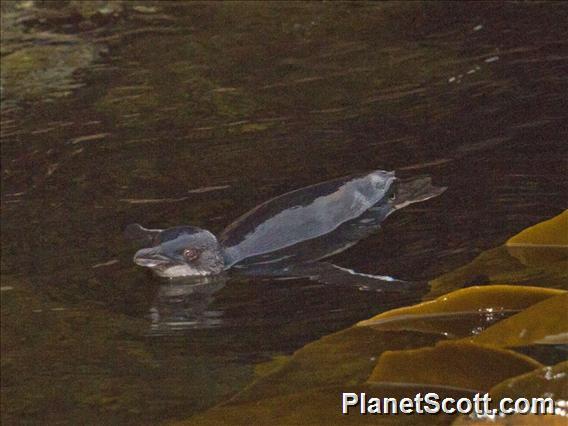Little Penguin (Eudyptula minor)

Little Penguin (Eudyptula minor)
×


Little Penguin (Eudyptula minor)
About Little Penguin (Eudyptula minor)
- Kingdom: Animals
- Phylum: Chordates
- Class: Birds
- Order: Pelicans
- Family: Penguins
The little penguin is the smallest species of penguin which originates from New Zealand. It is commonly known as the fairy penguin, little blue penguin, or blue penguin, owing to its slate-blue plumage and is also known by its Māori name kororā. It is a marine neritic species that dives for food throughout the day and returns to burrows on the shore at dusk, making it the only nocturnal penguin species on land. Eudyptula minor feathers are dense in melanosomes, which increase water resistance and give them their unique blue colour.
Source: Wikipedia
Lifelists
Trips
Visits
-
-
2012-01-20
Kaikoura, New Zealand -
2012-01-26
Tiri Tiri Matangi, New Zealand


